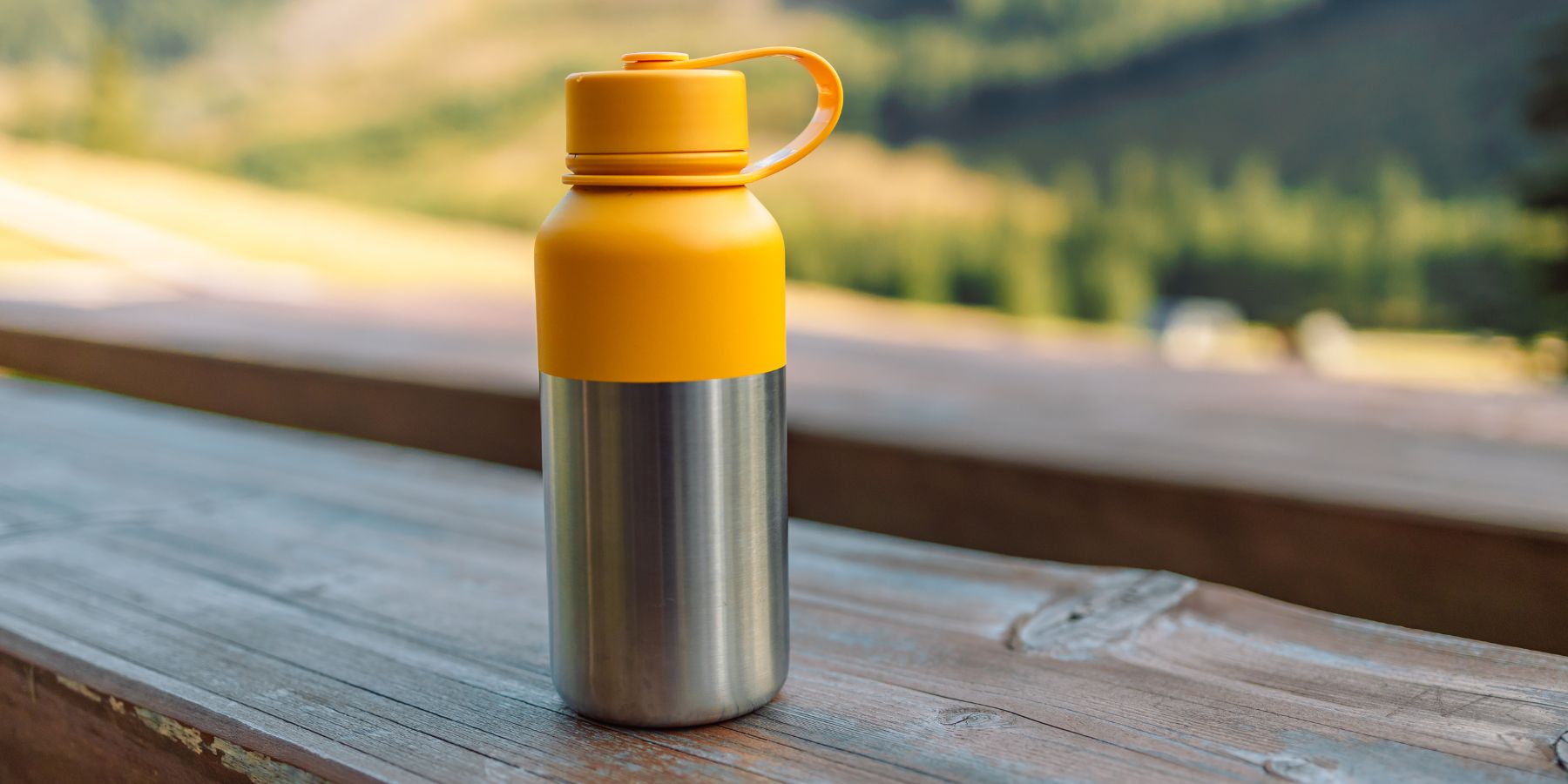In a world increasingly aware of environmental issues and health concerns, the choice of water bottle material becomes significant. Stainless steel water bottles have emerged as a popular alternative to plastic bottles. But why? This article explores the reasons, addressing the common question: are stainless steel water bottles safe, and more?
The Problem with Plastic
Plastic bottles are everywhere, but they pose several problems. Firstly, they often contain chemicals like BPA, which can leach into water and potentially cause health issues. Additionally, plastic bottles contribute to environmental pollution, as they are not always recycled and can take hundreds of years to decompose.
The Rise of Stainless Steel
Enter stainless steel water bottles. These bottles are known for their durability and safety. But what makes them a better choice than plastic?
1. Health and Safety
Stainless steel, particularly food-grade stainless steel like 18/8, does not contain chemicals like BPA. This means stainless steel water bottles are safe for daily use. They do not leach chemicals into your water, ensuring that you drink pure water without any harmful additives.
2. Durability and Longevity
Stainless steel is incredibly durable. Unlike plastic bottles, which can crack or warp, stainless steel withstands daily wear and tear. This makes it a long-lasting investment.
3. Better Temperature Retention
Insulated stainless steel bottles can keep liquids cold or hot for longer periods. This is not something most plastic bottles can claim.
4. Environmentally Friendly
Stainless steel is 100% recyclable, and its durability means fewer bottles end up in landfills. By choosing stainless steel, you're making an eco-friendly choice.
Stainless Steel vs. Plastic: A Deeper Dive
When we dig deeper, the reasons to choose stainless steel over plastic become even clearer.
Are Stainless Steel Water Bottles Safe?
Yes, they are. Stainless steel does not require a lining, which is often a source of chemical leaching in plastic bottles. Moreover, it does not interact with the contents, keeping your water free from unwanted tastes and odors.
Impact on the Environment
Plastic pollution is a growing environmental crisis. By opting for stainless steel, you reduce your carbon footprint. Also, stainless steel’s recyclability means less waste in our oceans and landfills.
Cost-Effectiveness
While stainless steel bottles might have a higher upfront cost, they save money in the long run. Their durability means you won't need to replace your bottle as often as you would with a plastic one.
Making the Switch
Transitioning from plastic to stainless steel is a simple yet impactful change. By choosing stainless steel, you're investing in your health and the planet.
FAQs
Q: Can stainless steel bottles rust?
A: High-quality stainless steel bottles, like those made from 18/8 stainless steel, are highly resistant to rust. However, exposure to certain conditions over time can cause rusting.
Q: Are stainless steel bottles dishwasher safe?
A: Most stainless steel bottles are dishwasher safe, but it's best to check the manufacturer's guidelines.
Q: Can I store acidic beverages in stainless steel bottles?
A: Yes, stainless steel is generally safe for acidic beverages, but it's advisable to rinse the bottle after use to maintain its integrity.
Q: Do stainless steel bottles alter the taste of water?
A: No, stainless steel is non-reactive and does not impart any flavor to the water.
Q: How do I know if a stainless steel bottle is of good quality?
A: Look for bottles made from food-grade stainless steel, like 18/8, and check for certifications or manufacturer guarantees.
Conclusion
In conclusion, choosing stainless steel water bottles over plastic is a wise decision for both personal health and environmental sustainability. With their safety, durability, and eco-friendly nature, stainless steel bottles offer clear advantages over their plastic counterparts.

